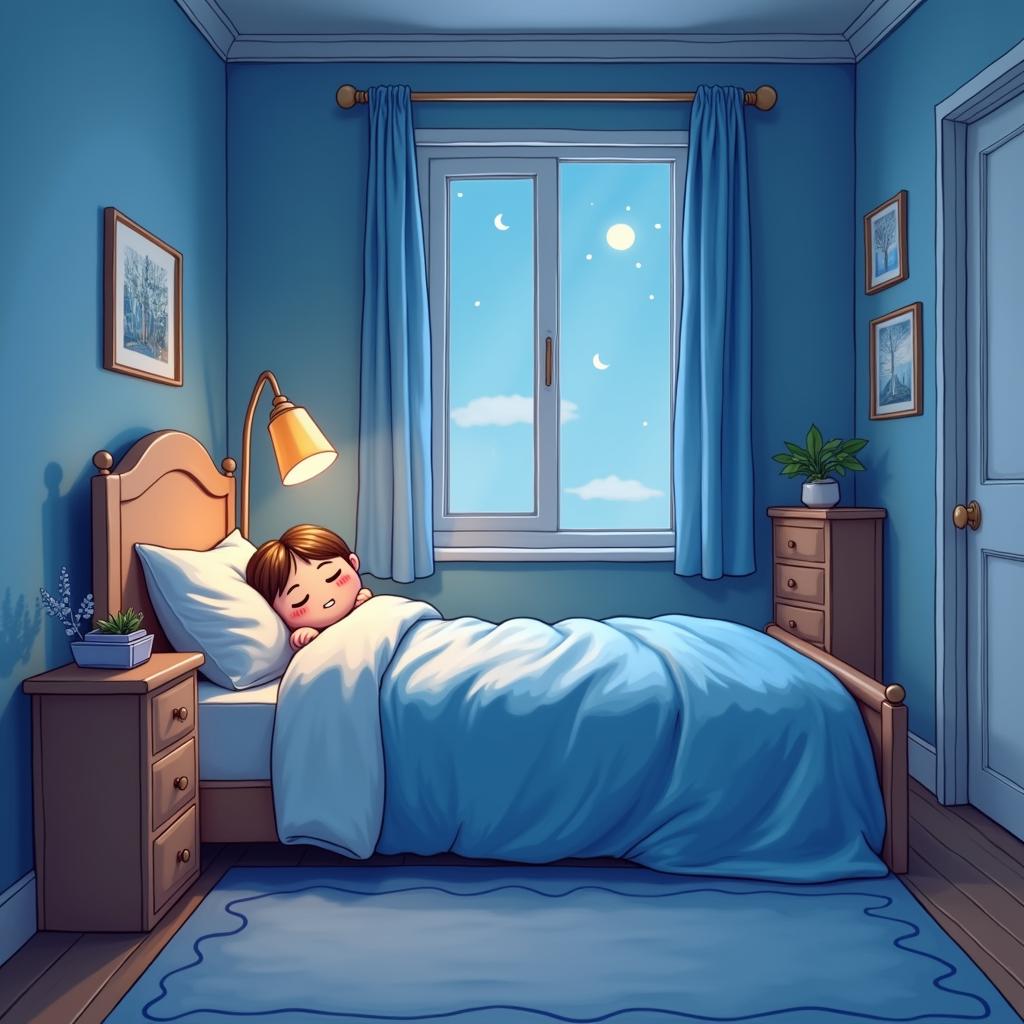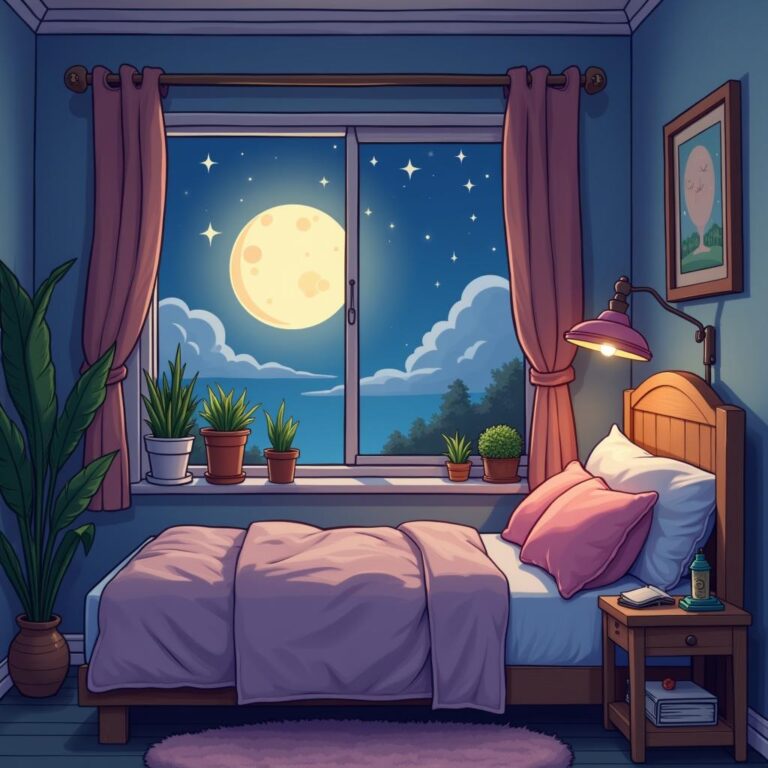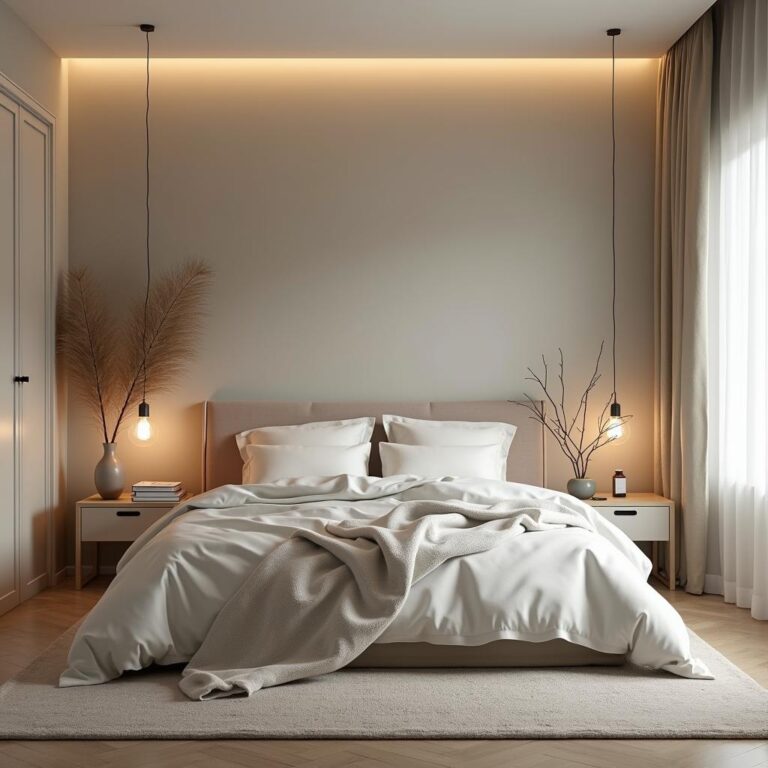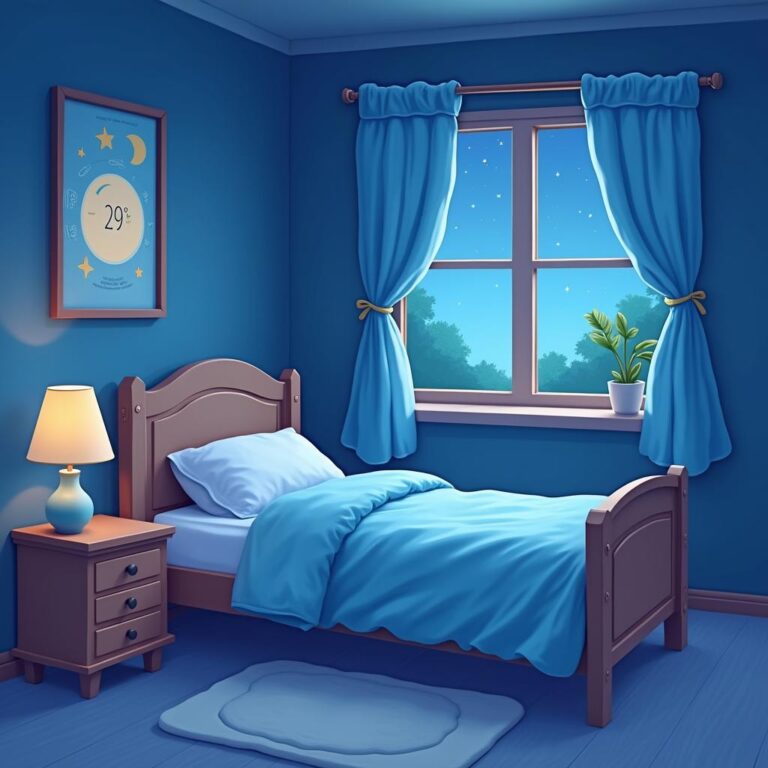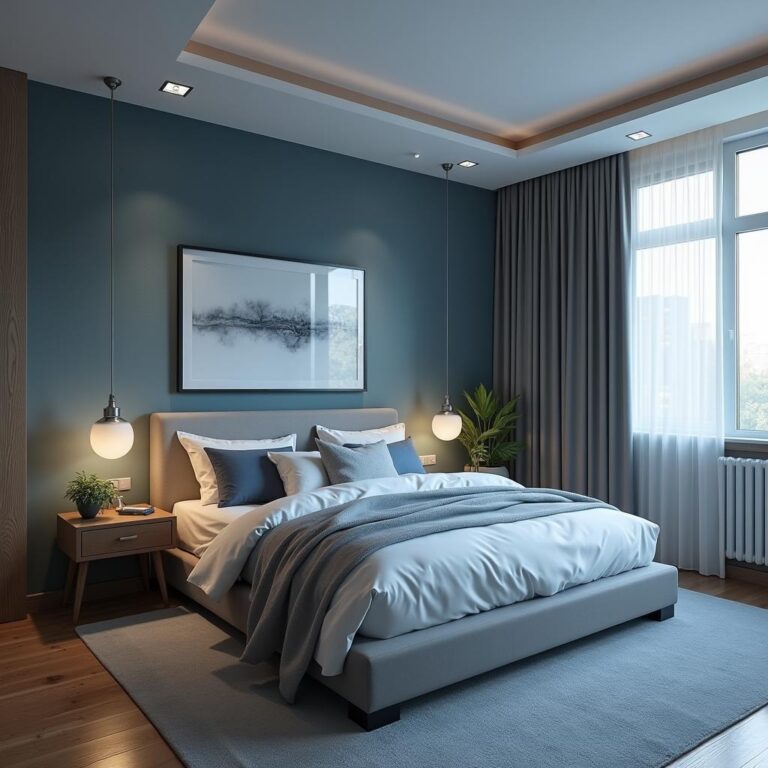Introduction to Creating a Relaxing Sleep Environment
In today’s fast-paced world, achieving quality sleep has become increasingly important. Creating a relaxing sleep environment can significantly enhance your ability to fall asleep quickly and stay asleep longer. This article will guide you through essential components and tips for designing a tranquil space that promotes restful sleep.
Understanding the Importance of Sleep
Sleep is crucial for overall health and well-being. It plays a vital role in restoring energy, improving cognitive function, and regulating mood. However, many people struggle with insomnia or poor sleep quality due to various factors, including stress, noise, and uncomfortable sleep settings. By establishing a relaxing sleep environment, you can improve your sleep hygiene and enjoy the restorative benefits of a good night’s sleep.
Key Elements of a Relaxing Sleep Environment
1. Bedding and Mattress Selection
The foundation of a good sleep environment starts with proper bedding and a comfortable mattress. Invest in quality sheets made from natural fibers such as cotton or linen, which allow your skin to breathe. Memory foam or latex mattresses can provide support while conforming to your body’s shape, promoting alignment and reducing discomfort. Make sure to choose pillows that support your neck and head for the best sleep posture.
2. Room Temperature Control
Temperature plays a crucial role in achieving restful sleep. An overly hot or cold room can disrupt your sleep cycle. The optimal sleeping temperature for most individuals is between 60°F to 67°F (15°C to 19°C). Consider using a fan or opening windows for ventilation, and adjust your bedding layers as necessary based on the season to maintain comfort throughout the night.
3. Light Management
Light exposure influences your body’s melatonin levels, making it essential to create a dark sleeping environment. Blackout curtains or shades can block external light from streetlights or early morning sun. Additionally, avoid bright screens from devices like phones, tablets, and televisions at least an hour before bedtime. Instead, consider using low-wattage bedside lamps or dimming the lights to signal your body it’s time to wind down.
4. Noise Reduction Techniques
Noise can be a significant disruptor of sleep. To mitigate disturbances, consider using white noise machines, earplugs, or soundproofing solutions in your bedroom. If external noise is unavoidable, soft background sounds like gentle rain or ocean waves can help mask disruptions. Ensuring your environment is as quiet as possible can lead to deeper, more restorative sleep.
5. Aromatherapy and Scents
Utilizing relaxing scents can enhance your sleep experience. Lavender, chamomile, and sandalwood are known for their calming properties. You can introduce these scents through essential oils, candles, or diffusers. Not only will these fragrances create a soothing atmosphere, but they can also signal to your brain that it’s time to unwind and prepare for sleep.
Establishing a Pre-Sleep Routine
Alongside your sleep environment, establishing a calming pre-sleep routine can significantly improve your overall sleep quality. Consistency is key, and developing habits that promote relaxation before bed can help signal to your body that it’s time to sleep.
1. Limit Screen Time
Avoiding screens at least one hour before bedtime can improve your ability to fall asleep. The blue light emitted by devices is known to inhibit melatonin production, making it harder for your body to signal that it’s time to sleep.
2. Engage in Relaxing Activities
Consider engaging in relaxing activities as part of your nightly ritual. This could include reading a book, practicing meditation or deep-breathing exercises, or taking a warm bath. These calming activities will help ease your mind and encourage relaxation.
3. Mindfulness and Meditation
Incorporating mindfulness techniques can greatly affect your ability to unwind. Simple meditation practices can help clear your mind of stress and anxiety, creating a more tranquil state conducive to sleep. Consider guided meditations specifically designed for bedtime or apps that can assist you in this practice.
Conclusion: Your Path to Better Sleep
Creating a relaxing sleep environment is an essential step toward improving your sleep quality and overall well-being. By focusing on the elements discussed—bedding selection, temperature control, light and noise management, and introducing calming scents—you’re well on your way to mastering the art of restful sleep. Don’t forget to establish a relaxing pre-sleep routine, as it plays a vital role in preparing both your mind and body for rejuvenating rest. Remember, good sleep is not just a luxury but a necessity for a healthier and more balanced life.

